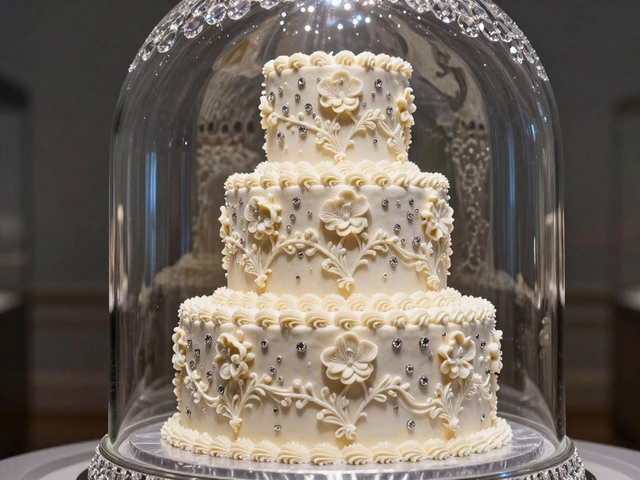Tiramisu History: The Sweet Story Behind the Famous Italian Dessert
If you’ve ever scooped up a creamy layer of mascarmas and felt that hit of coffee, you’ve probably wondered where it all began. Tiramisu isn’t just a tasty treat; it’s a slice of Italian culture that traveled from a small trattoria to tables around the globe.
Where Tiramisu Began
Most food lovers point to the Veneto region of Italy as the birthplace of tiramisu. In the 1960s, a chef named Roberto Linguini (or sometimes a pastry chef named Carminantonio Lorenzo, depending on the story) mixed ladyfingers soaked in espresso with a rich mascarpone‑egg‑sugar blend. The name tiramisu literally means “pick me up,” a nod to the caffeine kick from the coffee. Early versions were simple: just layers of soaked biscuits and a sweet, fluffy topping. No cocoa dust, no fancy flavor twists—just pure coffee‑and‑cream goodness.
Why the debate over the exact creator? Small towns love to claim credit for beloved dishes, and records weren’t kept like they are today. What matters is that the dessert quickly became a favorite among locals. It was cheap, easy to assemble, and perfect after a heavy lunch.
How Tiramisu Spread Worldwide
The 1980s saw a surge of Italian restaurants popping up in the United States and the UK. Chefs started adding tiramisu to their menus, and diners fell in love. A few things helped the spread:
- Travel – Tourists tasting tiramisu in Venice brought the idea home.
- Cookbooks – Early English‑language cookbooks published the recipe, making it easy for home cooks to try.
- Media buzz – TV cooking shows showcased the dessert, highlighting its creamy texture and coffee aroma.
As the dessert traveled, variations emerged. Some added chocolate liqueur, others swapped ladyfingers for sponge cake. Yet the core ingredients stayed the same: espresso‑soaked biscuits, mascarpone mixture, and a dusting of cocoa. Modern tiramisu can be found in gluten‑free, vegan, and even fruit‑infused versions, proving its adaptability.
Today, tiramisu is more than a dessert; it’s a cultural icon. You’ll see it on Instagram feeds, in wedding menus, and even as a flavor for ice cream and coffee drinks. The story behind it—simple, regional, and rooted in a love for coffee—makes it easy to relate to. Next time you enjoy a forkful, remember you’re tasting a piece of humble Italian history that turned into a global pick‑me‑up.
Whether you’re making it at home or ordering it at a café, the basics stay the same: soak the biscuits, whisk the mascarpone, assemble quickly, and chill. The magic happens when the coffee and cream mingle, creating that signature lift that earned tiramisu its name. Give it a try—you’ll get a taste of the past and a delicious boost for the present.

What Does 'Tiramisù' Really Mean? History, Origin, and Sweet Surprises
Dig into the meaning of 'tiramisù', uncover how the iconic Italian dessert got its name, and discover the real story behind its creation and place in food culture.
View More




